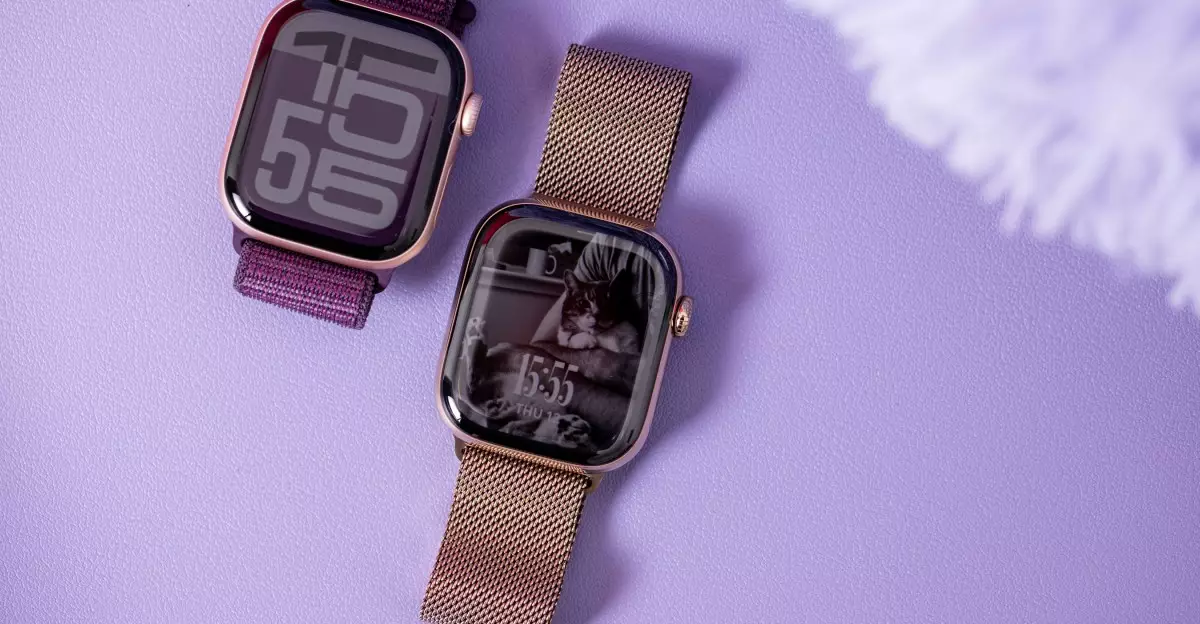In a bold move signaling the integration of artificial intelligence and augmented reality into everyday devices, Apple is reportedly set to launch camera-equipped wearables, including the Apple Watch and AirPods, by 2027, as revealed by Bloomberg insider Mark Gurman. This initiative indicates Apple’s desire not only to enhance user interaction with its devices but also to redefine the capabilities of wearables in a manner never before seen.
Cameras: A Gateway to Visual Intelligence
The incorporation of cameras into the Apple Watch, specifically designed to support AI functionalities like Visual Intelligence, showcases a transformative leap towards a more immersive technology experience. Gurman notes that the cameras will be strategically integrated within the display for standard models while the Apple Watch Ultra will position the camera beside the digital crown. This innovative setup will enable the device to process visual input from the environment, allowing users to access information and insights that were previously limited to smartphone capabilities.
Visual Intelligence, a feature first introduced with the iPhone 16, leverages machine learning to enhance productivity. Functions such as automatically adding event details to calendars and retrieving information based on visual cues could become standard for wearable technology. If executed effectively, this could fundamentally change how users interact with their devices, making information access more intuitive and fluid.
AI Models and Apple’s Internal Strategy
At the core of this initiative is Apple’s ambition to replace third-party AI models with proprietary ones. Mark Gurman’s report suggests that the company aims to develop its own systems by 2027. This strategic pivot underscores Apple’s increasing focus on in-house capabilities, reflecting a desire for greater control over the user experience. By harnessing proprietary AI, Apple could significantly enhance user privacy and security, an area where many tech giants face criticism.
This strategy is bolstered by the leadership of Mike Rockwell, who has transitioned to spearhead the development of upgraded versions of Siri’s large language models (LLMs). Rockwell’s background in overseeing the Vision Pro indicates a strong commitment to developing advanced features that tie deeply into Apple’s wearable ecosystem.
Broader Implications for AR and Future Devices
While much attention is focused on the immediate implications of the new wearable technology, it’s essential to consider the long-term vision. The anticipated project involving augmented reality (AR) glasses could lead to even more groundbreaking developments. Apple’s investment in augmented reality enhances its positioning within an increasingly competitive tech landscape. If successful, these glasses could amalgamate the functionalities of traditional wearables with immersive AR experiences, thereby broadening the scope of what consumers might expect from Apple products.
With rapid advancements in AI and camera technology, Apple’s roadmap through to 2027 is not just about upgrading existing products but potentially paving the way for innovative user experiences that integrate seamlessly into everyday life. As we await these developments, it’s clear that Apple is poised to lead the charge in the next generation of wearables, raising the bar for both functionality and user engagement across the tech industry.

